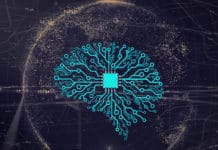Michael Webb, Standford University, has developed a new method to predict the impacts of technology on occupations. Webb used the overlap between the text of job task descriptions and the text of patents to construct a measure of the exposure of tasks to automation. Webb applied historical cases such as software and industrial robots. To establish that occupations he measured as highly exposed to previous automation technologies saw large declines in employment and wages over the relevant periods. Webb used the fitted parameters from the case studies to predict the impacts of artificial intelligence. Webb found in contrast to software and robots, AI is directed at high-skilled tasks. Under the assumption that the historical pattern of long-run substitution will continue, Webb estimates that AI will reduce 90:10 wage inequality, but will not affect the top 1%. Read the paper here.
© crained












